What’s Peruvian Food? A Flavor-Packed Journey Through Global Spice Traditions
If you’ve ever tasted a dish that made your taste buds do the salsa, chances are it was Peruvian. This South American gem has been stealing hearts (and stomachs) worldwide with its bold flavors, colorful ingredients, and spice-laden magic. So grab your imaginary pisco sour, and let’s dive into the spicy soul of Peruvian cuisine.
Table of Contents
- What Is Peruvian Cuisine, Anyway?
- The Spicy Stars: Key Ingredients That Define Peruvian Flavors
- 5 Must-Try Peruvian Dishes (And What Makes Them Special)
- Spice Showdown: Peruvian vs Mexican vs Indian Cuisine
- Peru at Home: How to Cook Like a Ceviche Champion
- Super Spice Hacks: Level-Up Your Peruvian Game
- From Inca Roots to World Fusion: The Cultural Blend Behind the Flavors
- Final Thoughts: Why Peruvian Cuisine is the Next Big (Spicy) Thing
What Is Peruvian Cuisine, Anyway?
Peruvian food isn’t just ceviche and potatoes (though we’ll get there). It’s a melting pot of ancient Andean traditions, Spanish colonization, African influence, and waves of immigrants from Japan, China, Italy, and France.
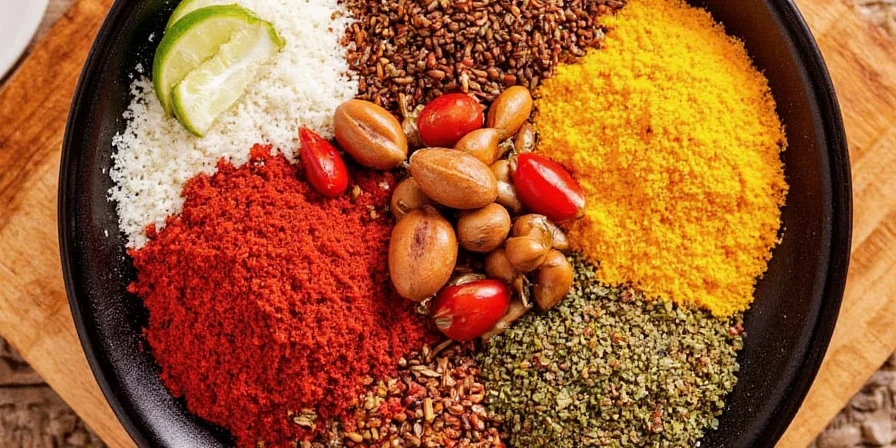
The result? A culinary kaleidoscope where coastal seafood mingles with highland tubers and Amazonian jungle fruits. With over 4,000 types of potatoes alone, Peru is a land of biodiversity and flavor variety.
The Spicy Stars: Key Ingredients That Define Peruvian Flavors
No one does chili quite like Peru. Here are the top five spices and seasonings that turn every meal into a flavor fiesta:
- Aji Amarillo – The golden queen of heat. Think fruity, floral, and fiery all at once.
- Aji Panca – Smoky and mild with berry-like notes. Great for marinades.
- Aji Rocoto – Warning: Scoville levels can reach habanero territory. Use sparingly!
- Culantro (NOT cilantro) – Earthier, stronger cousin of coriander. Adds depth like no other.
- Salt & Garlic – Not exotic? Maybe. But they're essential in dishes like lomo saltado and ají sauces.
5 Must-Try Peruvian Dishes (And What Makes Them Special)
| Dish | Key Spices | Description |
|---|---|---|
| Ceviche | Lime, aji limo, red onion | Fresh raw fish “cooked” in citrus juices, seasoned with chilies and onions. |
| Lomo Saltado | Ginger, garlic, soy sauce (chifa influence) | Stir-fried beef with fries, tomatoes, and peppers served with rice. |
| Ají de Gallina | Ají amarillo, bread, milk | Creamy chicken stew with a fiery orange sauce. Served with rice and potatoes. |
| Papa a la Huancaína | Ají amarillo, cheese, crackers | Cold potato slices swimming in a creamy, spicy cheese sauce. |
| Anticuchos | Ají panca, cumin, vinegar | Marinated beef heart skewers grilled to perfection. Street food royalty. |
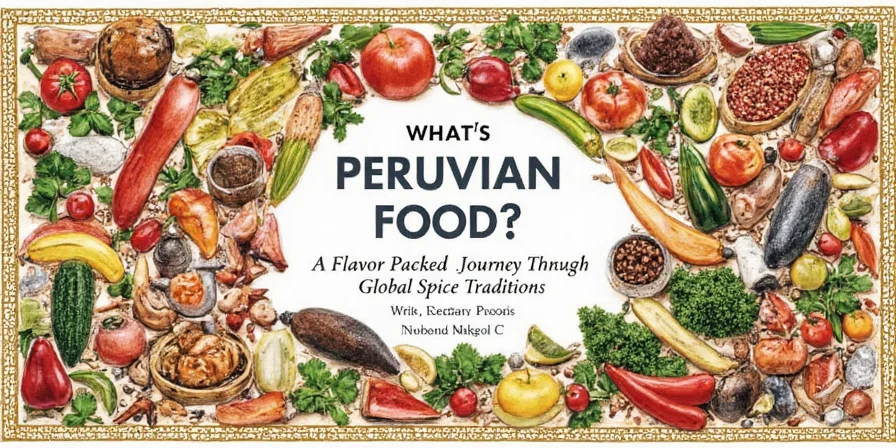
Spice Showdown: Peruvian vs Mexican vs Indian Cuisine
Let’s see how Peru stacks up against two of the world’s biggest spice powerhouses:
| Factor | Peruvian | Mexican | Indian |
|---|---|---|---|
| Primary Chilies | Aji varieties | Jalapeño, chipotle, habanero | Kashmiri, guntur, bhut jolokia |
| Flavor Profile | Fruity, acidic, herbal | Earthy, smoky, tomato-forward | Complex, layered, aromatic |
| Signature Dishes | Ceviche, anticuchos | Tacos al pastor, mole | Biryani, butter chicken |
| Heat Level (Avg) | Mild to moderate | Moderate to hot | Moderate to blazing |
| Cultural Fusion | Asian, African, Spanish | Mesoamerican + Spanish | Persian, Arab, British |
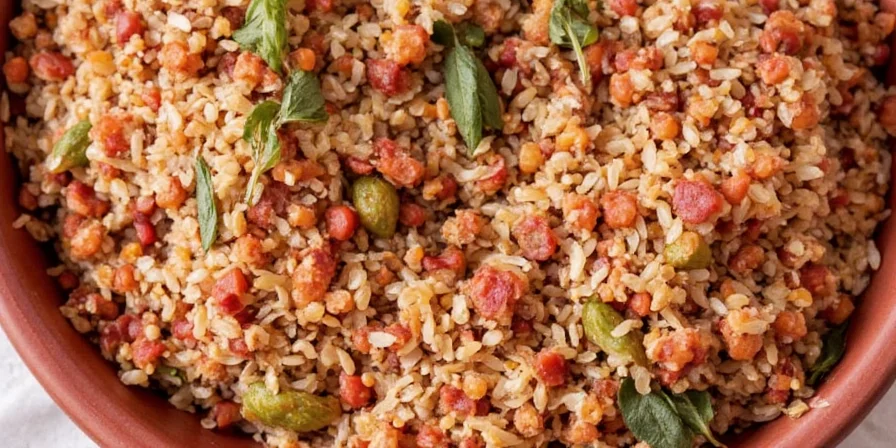
Peru at Home: How to Cook Like a Ceviche Champion
You don’t need a trip to Lima to bring Peruvian spice into your kitchen. Here are some practical pro tips:
- Invest in frozen aji pastes – They last longer and save time compared to fresh chilies.
- Don’t skip the causa mash – Lime juice and yellow potatoes make a dreamy base for layered dishes.
- Use citrus as a seasoning AND a texture booster – Fresh lime not only adds acidity but also helps “cook” raw seafood in ceviche.
- Toast your spices gently – Especially when making sauces like ocopa or huancaina.
- Balance is key – Pair spicy dishes with cooling sides like avocado or boiled eggs.

Super Spice Hacks: Level-Up Your Peruvian Game
Ready to impress your friends or just elevate your dinner game? Try these clever tricks:
- Freeze your aji amarillo paste in ice cube trays – Just pop out a cube when needed. No chopping required!
- Blend leftover ceviche juice into dressings or cocktails – Don’t waste that zesty goodness.
- Grill your vegetables before adding them to sauces – Adds a smoky twist to traditional recipes.
- Experiment with aji limo in guacamole – For a Peruvian-Mexican mashup that works surprisingly well.
- Create a Peruvian spice blend – Combine ground aji panca, garlic powder, dried culantro, and a pinch of smoked paprika for quick seasoning.
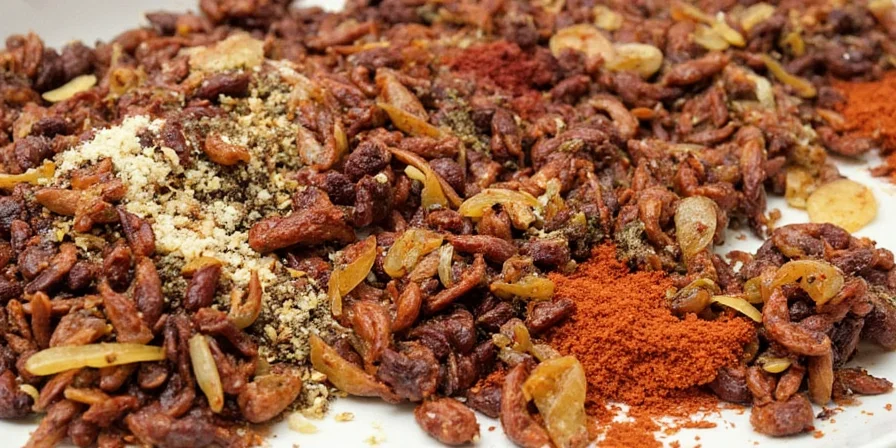
From Inca Roots to World Fusion: The Cultural Blend Behind the Flavors
Peru’s culinary scene didn’t just evolve in a vacuum. It was shaped by centuries of migration, trade, and adaptation:
- Incan Influence – Potatoes, quinoa, corn, and native herbs still dominate many dishes.
- Spanish Colonization – Brought dairy, wheat, and livestock, changing protein sources forever.
- African Touch – Introduced slow-cooked stews and rich sauces, especially in coastal regions.
- Chinese Chifa – Blended Cantonese techniques with local ingredients. Hello, lomo saltado!
- Japanese Nikkei Cuisine – Elegantly combines Japanese precision with bold Peruvian flavors.
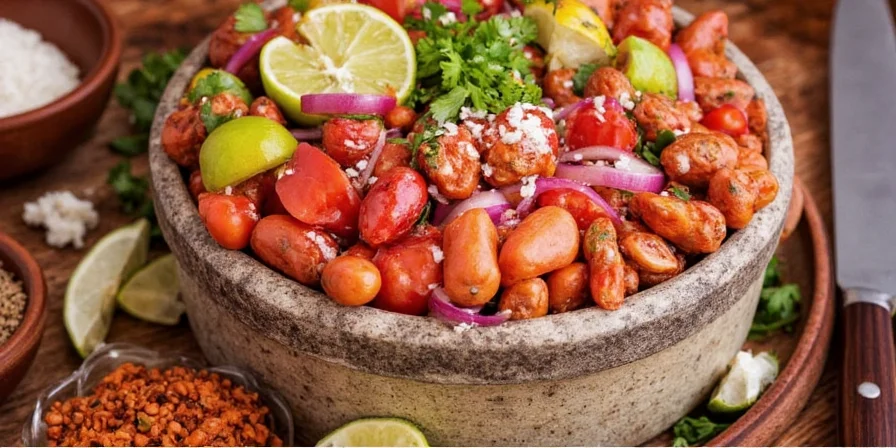
Final Thoughts: Why Peruvian Cuisine is the Next Big (Spicy) Thing
Peruvian cuisine is more than just a trend—it's a testament to how culture, geography, and spice can come together to create something truly unforgettable. Whether you’re a professional chef or a home cook looking to spice things up, Peru offers a pantry full of possibilities.
So next time you’re craving something bold yet balanced, head south—mentally or literally—and give those aji-laced dishes a try. You might just discover your new favorite flavor combo.
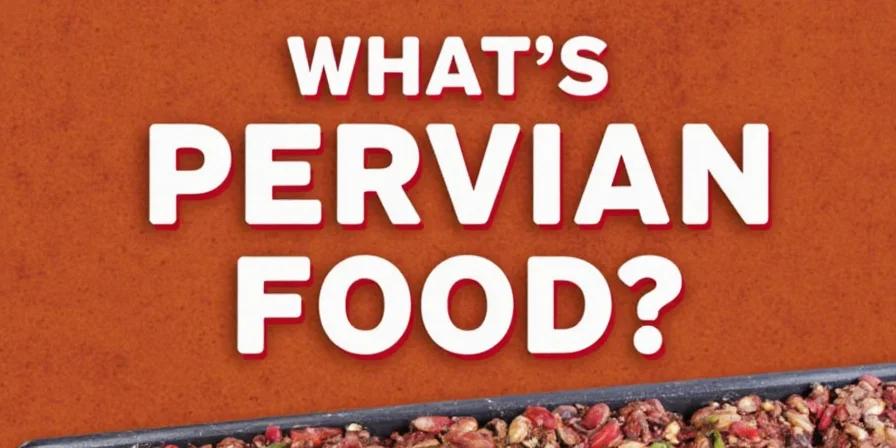
Summary Table: Spice Highlights in Peruvian Cuisine
| Chili Pepper | Heat Level (SHU) | Flavor Notes | Best Used In |
|---|---|---|---|
| Aji Amarillo | 30,000–50,000 | Fruity, floral, tropical | Ceviche, sauces, stews |
| Aji Panca | 1,000–2,000 | Smoky, berry-like | Marinades, grilled meats |
| Aji Rocoto | 100,000–250,000 | Intense heat, sweet aftertaste | Hot sauces, fillings |
| Aji Limo | 30,000–60,000 | Sharp, citrusy | Raw seafood dishes |
| Culantro | N/A | Earthy, strong | Stews, soups, salsas |

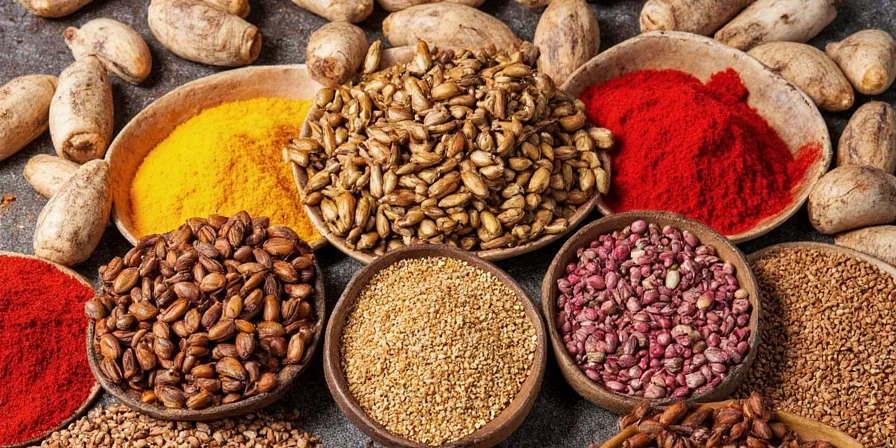









 浙公网安备
33010002000092号
浙公网安备
33010002000092号 浙B2-20120091-4
浙B2-20120091-4